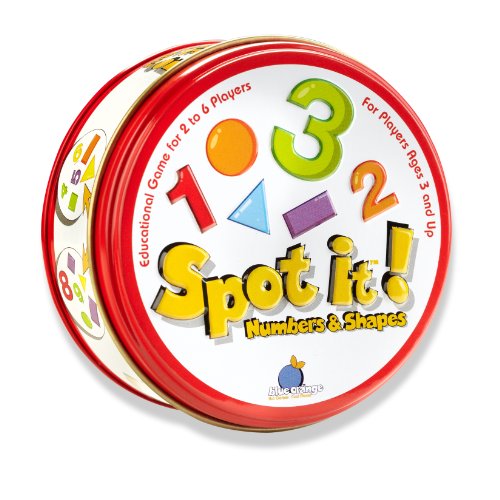Anytime you read a book to a child it is an opportunity to teach. Recently, I invested in several of Oliver Jeffers' books in Spanish. They will become a springboard to teach and cement extra vocabulary. Here is what I did with the book
Arriba y abajo
:
Arriba y Abajo is a sweet story about a penguin who wants to fly. In the end, the flying adventures make him realize that he would rather be with his friend, the little boy in the book.
First of all, I picked out the words that I thought would be important to introduce to my students. Here is my list which are mostly opposites along with a description of which picture each word is in the Go Fish cards below (scroll down to see link):
arriba-up (little guy pointing down)
abajo-down (little guy pointing up)
tocar and jugar- to play (Each has a different meaning. Tocar is to play an instrument and jugar is to play a game. While the word "tocar" is not in the book there is a great illustration of each of these actions-see above) (Tocar-a tuba and jugar-backgammon like in the story)
juntos-together (penguin baby and mom)
solo-alone (penguin baby by itself)
volar-to fly (little guy with green cape)
aterrizar-to land (helicopter landing)
las alas-wings (pilot wings)
I created cards of the above vocabulary and we played Go Fish with them to solidify the meanings in their memory.
I make sets of four to play Go Fish. I also can use the deck for Memory if I pull out some of the cards as you only need sets of two for each word.
{Close up of one of the cards I made}
To make the cards I cut up the graphics from the below file and put them on 3 by 5 index cards cut in half or these bulletin board cards I found at JoAnn's.
Here is a link to the graphics for the cards:
Arriba y Abajo cards
I will be posting more about Oliver Jeffers' books and a few activities to go along with them in the near future.















